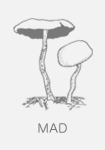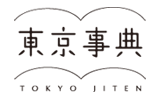Vera Mey
Objectives
Before undertaking the residency I used three texts as frameworks to understand what is often understood as Tokyo being the largest city in the world in terms of ratio of density to urban sprawl. These texts were Teju Cole's Open City (2011), Deleuze and Guattari's A Thousand Plateaus (1980) and Haruki Murakami's Norwegian Wood (2000). Through each of these texts served as a departure point for thinking about the way the city operates and how the performance of the city influences movement, social dynamics and the unique ambience of Tokyo.
I relate the experience of the city to the experience of exhibitions, influenced by Tony Bennett's notion of "the exhibitionary complex" (1995) and how our movements of being part of a public can be read through the notion of the exhibition as apparatus. I was interested to see how exhibitions in Japan were curated, from civic level to artist initiatives and wanted to draw comparisons between my own context of being within a University based gallery and the very interesting model of Arts Initiative Tokyo, a curator run art school. The sprawling city and the art communities revealed an interesting and complicated dynamic of introspection, critical mass and poetry which I think is exemplary for the experience of Tokyo. The subway map actually became a very important aesthetic way to understand the city and realise it was not simply ground level but also horizontal towards the sky and underground through stations, shops and platforms.
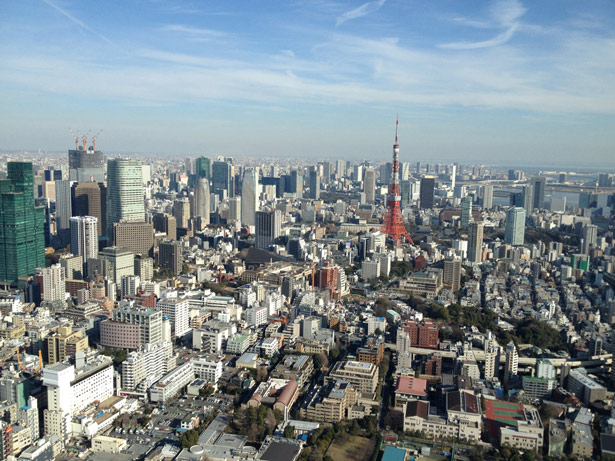
Activities
During my residency I immersed myself in a varied programme of meeting different curators, artists and visiting all sorts of cultural institutions. It was important to see galleries centred around contemporary art but also to give attention to museums and spaces such as the Edo Open Air Architecture Museum to try and get an understanding of the aesthetic formation of Japan. Being based in Asakusa and long journeys on the subway seemed very formative to my understanding of the city as this giant rhizomatic beast. This part of the city, often referred to as 'downtown' or 'old' Tokyo was formative for understanding the aesthetics and social dynamics at play. In Asakusa there was a large migrant community and much of the Brazilian diaspora resided here. It was really interesting to research this as often from a foreign perspective it is difficult to get an understanding of the diversity of Japan. To further understand the city, I made comparisons between Tokyo, Osaka and Tokyo.
Some highlights from the residency include meeting curators Naoko Horiuchi and Che Kyongfa and learning about their practices as well as meeting other curators and artists Sakiko Sugawa, Midori Mitamura, Hiroharu Mori, Nobuko Tsuchiya, Mai Yamashita+Naoto Kobayashi, Keith Whittle and Mizuki Takahashi among many others. I enjoyed visiting many spaces including Arts Chiyoda 3331, Mito Art Centre, and particular exhibition highlights include MoT Annual and experiencing Motoyuki Shitamichi and Hiroaki Moriata's work as well as seeing the Makoto Aida exhibition at the Mori Art Museum. It was interesting to compare MoT Annual and the exhibition The Artist File at NACT and the different approached to an annual survey of contemporary art. I also particularly enjoyed visiting Social Kitchen in Kyoto and being part of a public panel discussion there.
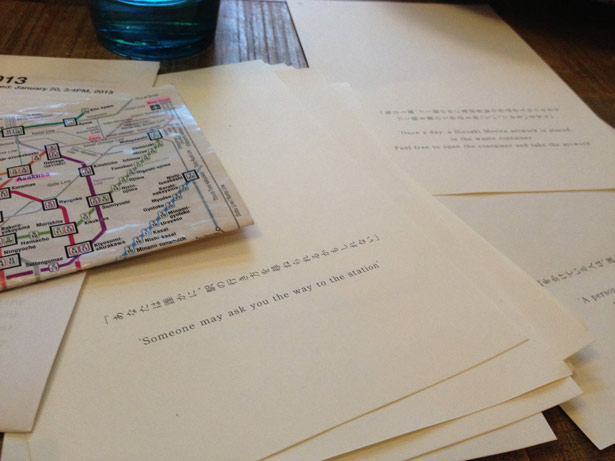
Talk event at AIT
This event converged the different people I met during my time on residence who were from different fields. For example an academic I met Ayako Takamori was on a fellowship in Tokyo researching Tokyo's various migrant communities got to hear about my practice as well as meet some artists that I had become friends with. The evening was a wonderfully informal way to talk about my practice and meet others.

Outcomes from your residency
I am exhibiting Mai Yamashita+Naoto Kobayashi as part of a small exhibition in Auckland curated by the independent initiative I am part of Parlour. I was pleased to participate in an open panel discussion at Social Kitchen in January in Kyoto. After this research my institution ST PAUL St Gallery, AUT University has invited Sakiko Sugawa to be the inaugural ST PAUL St Fellow for 2014 where she will be in residence for three months in Auckland and work closely with students and the arts community here. I am working with Naoko Horiuchi to curate an exhibition of Japanese contemporary art for the 2015 Auckland Arts Festival which will be hosted at ST PAUL St Gallery. This exhibition will assemble around ten Japanese artists around this idea of "invisible energy" looking at Tokyo as a microcosm for this idea and how this is expressed through the artworks and using this idea of exhibition as a metaphor for the pulse of a city. Through my initial research thanks to the AIT residency, the Asia New Zealand Foundation supported me to have another visit to Japan in Autumn and visited the Aichi Triennial in Nagoya, the Setouchi Triennial in the Naoshima Islands as well as seeing Kobe and Hiroshima. The AIT residency cemented an ongoing fascination with the aesthetic history of Japan and how this manifests within contemporary culture. I look forward to continuing this research in my role as curator at Centre for Contempoary Art, Singapore.
What fascinated me was this idea of the city as a procession and how this translated onto exhibition experiences. It was interesting to see directed routes mapped out. Particular pathways through exhibitions I visited were often designed as singular direction and unfolding in narrative. The city is large, sprawling and dispersed and this seemed to translate as a varied but dynamic art scene. I was intrigued to find that there was no singular suburb which all artists congregated (usually due to affordable rent etc) and instead found navigating the city and it's various pulses an interesting way to understand the layered aspects to this. The aesthetic of the emerging generation of Japanese contemporary artists I found was this complex melange of being provisional, refined, introspective, layered and poetic. There were many moments which felt like walking into a Murakami novel.
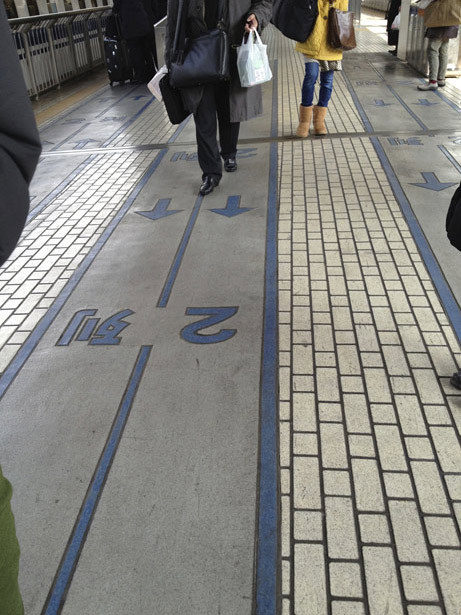
Back to Agency of Cultural Affairs

